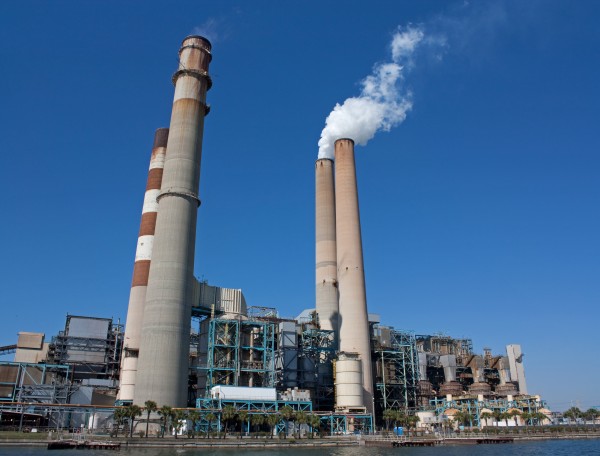Design funding has come through for a carbon capture project that will be happening at the top of Scotland. In this project, greenhouse gas emissions are going to be caught by the project and sent to a gas field that is owned by Shell Oil. The carbon capture and storage can then help to produce more energy than the gas field could produce on its own.
The goal is to help with climate change in the region and ensure that there is enough ready energy in the UK. While these plants are expensive, the government is pitching funds to ensure that projects are able to go ahead so that there will be no delays.
The faster these projects are completed, the faster that carbon capture can be shown to be a viable energy source for large power companies that have long relied on coal and natural gas.
